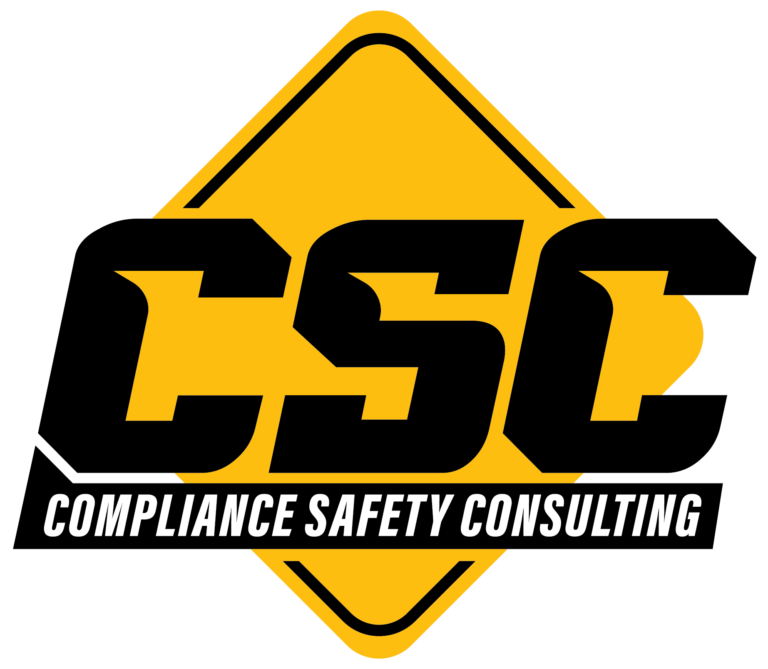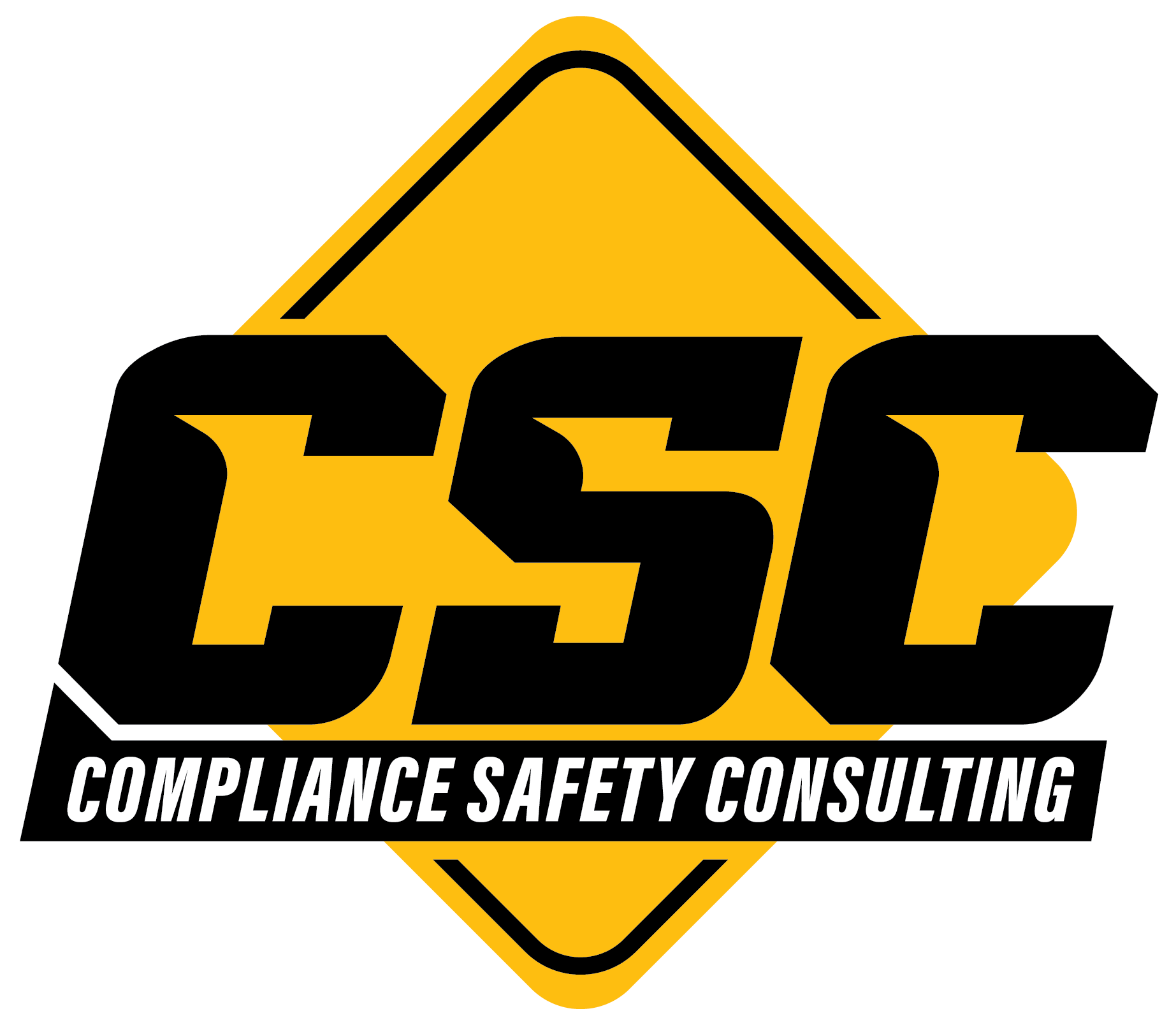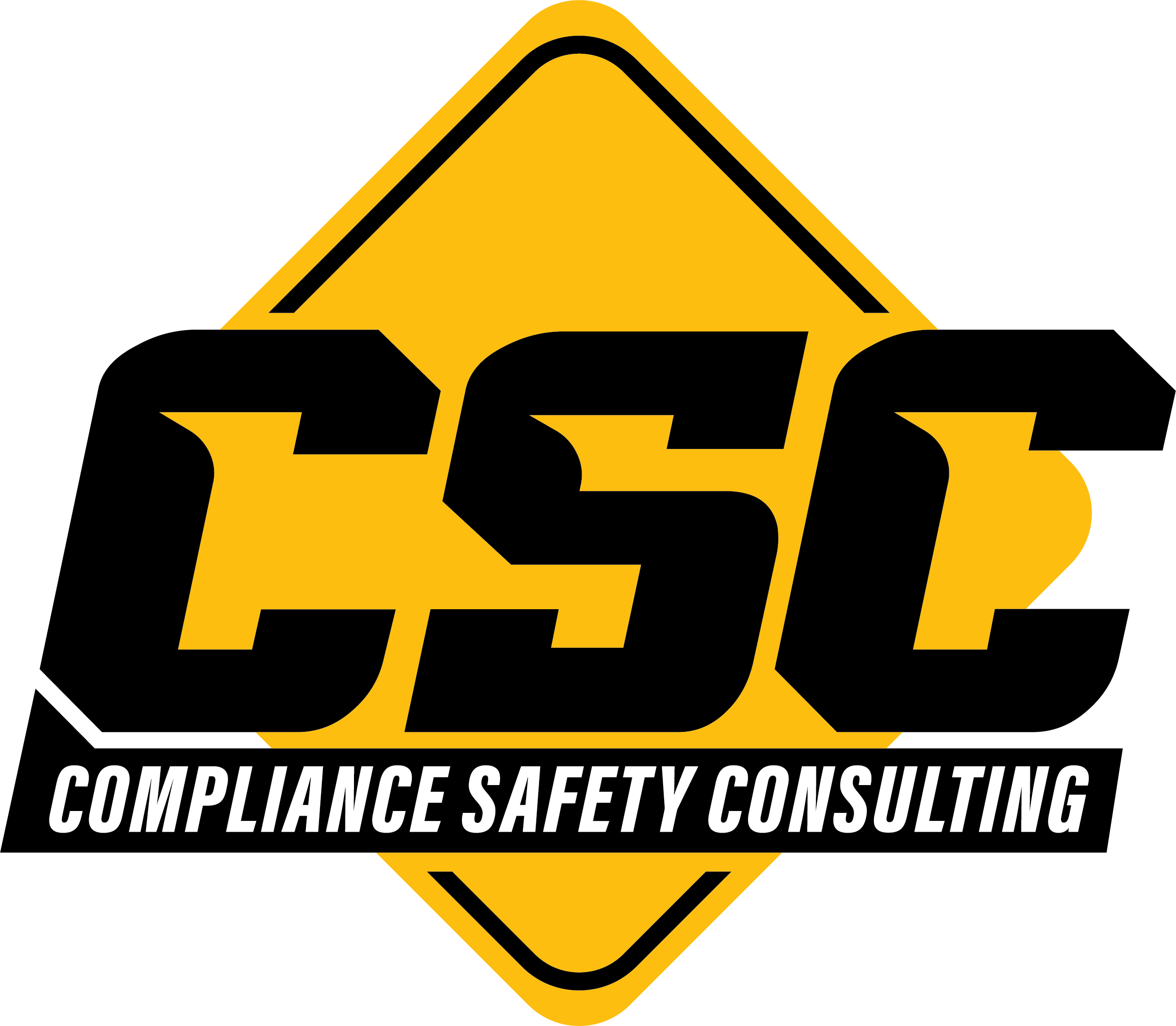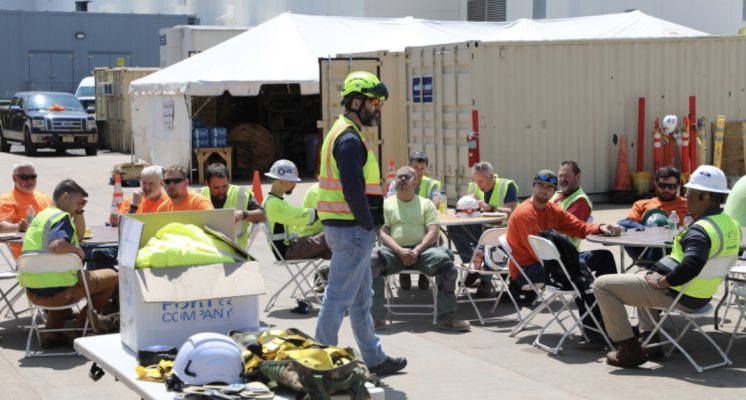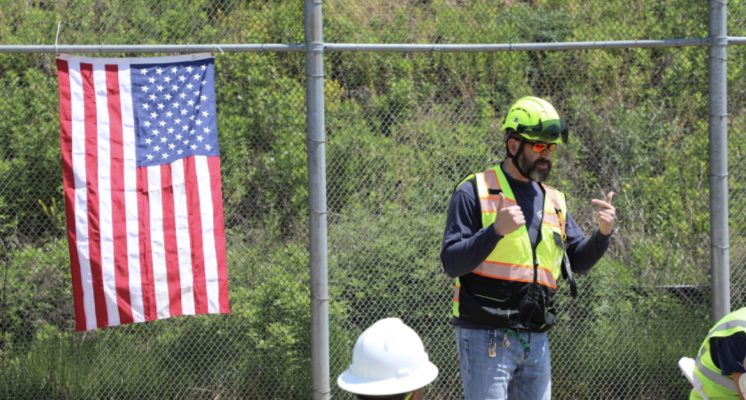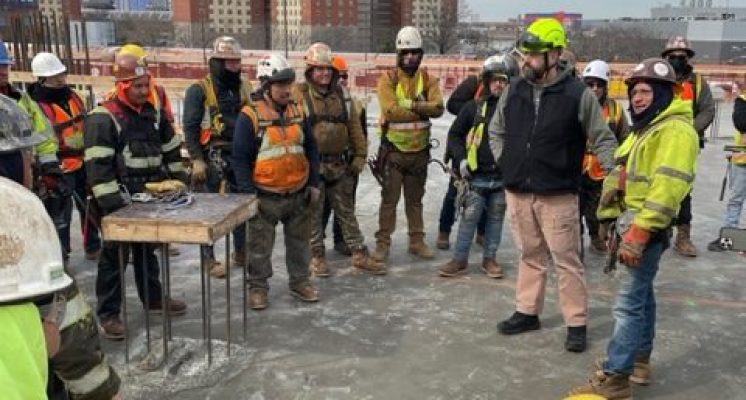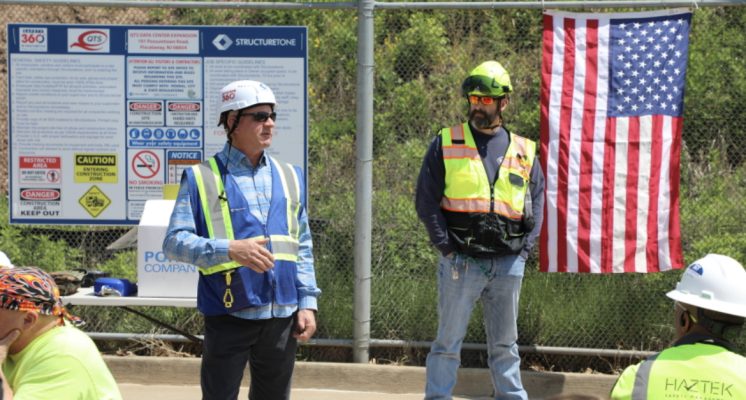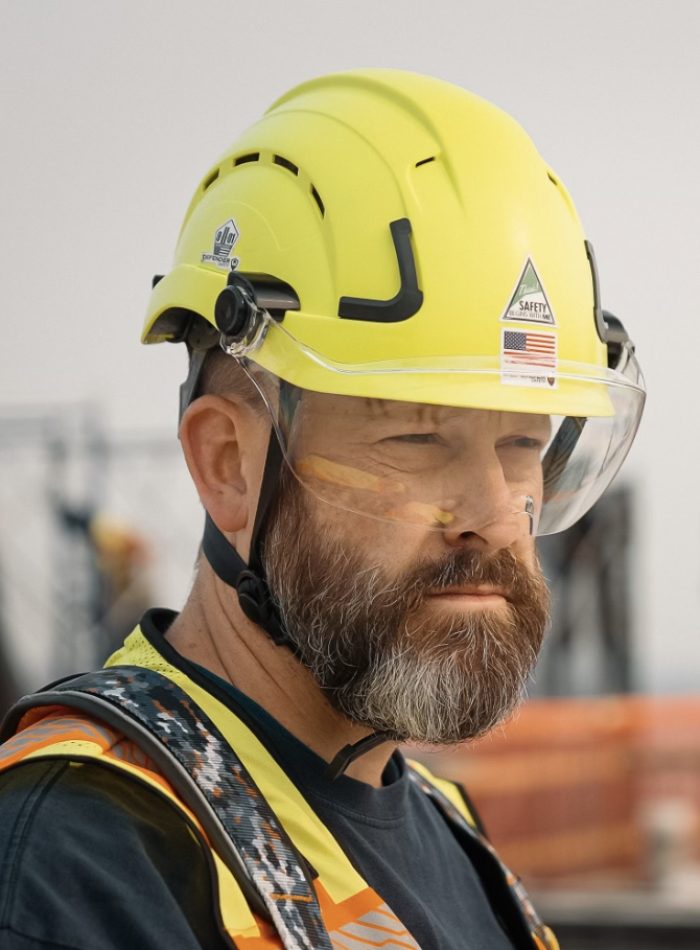
Mike Matthys
CHST, COSS, QSSP
Founder & Training Director
Mike Matthys
CHST, COSS, QSSP
Leveraging 25 years of experience in sales and technical equipment support for PPE in the Northeast, across roles at 3M Company, Web Devices, and Palmer Safety, Mike has excelled in selling, teaching, and developing fall protection products for the US market. This expertise has empowered him to deliver comprehensive hands-on training on personal protective equipment to the construction industry.
Over a decade ago, Mike started Compliance Safety Consulting to develop a training and consulting business focused on New York City training requirements. Simultaneously, he completed his 500 rating from OSHA and started his teaching journey as an authorized outreach trainer. With over 4000 students trained and ten years of experience dealing with OSHA construction standards and personally completing courses to develop CSC, Mike's experience and expertise make him a go-to resource for anyone needing training and guidance in this field.
About Compliace Safety Consulting (CSC)
Compliance Safety Consulting is your go-to partner for comprehensive safety training services. Our training programs are designed to keep your workforce up-to-date with the latest OSHA and New York City Department of Building safety requirements. We offer on-site, in-office, and training at our state-of-the-art training center. We take pride in our flexible and customer-centric approach. We understand that every project is unique and requires a tailored safety program. Our team works with you to understand your training needs and timelines, ensuring your company moves forward safely and efficiently. We have you covered whether you need basic safety training modules or specialized courses. We believe in making safety training an interactive and engaging experience for your workforce, and our trainers use the latest training techniques and technologies to achieve this. At Compliance Safety Consulting, we take safety seriously, and we are committed to keeping your workforce safe and compliant. Contact us today to learn more about our safety training programs and how we can help you achieve your safety goals.
Certifications and Training Completed
- Construction Health and Safety Technician
- Qualified Safety Sales Professional
- Certified Occupational Safety Specialist
- TWIC identification maintained
- OSHA 500 Construction Authorized Outreach Trainer completed
- OSHA 510 Construction Standards completed
- OSHA 502 Construction Authorized Outreach Trainer refresher completed
- OSHA 10 Hour Construction & General Industry Course completed
- OSHA 30 hour Construction & General Industry Course completed
- Rigger & Signal Person train the trainer completed.
- EM 385-1-1 24 hour Fall Protection Competent Person completed
- OSHA 7405 Fall Hazard Awareness for the Construction Industry completed
- OSHA 2264 Permit required confined space course completed
- Permit required confined space train the trainer course completed
- Self propelled elevating work platform train the trainer completed
- Scaffold train the trainer completed
- Respirator fit tester and respiratory product trainer
- OSHA 3115 Fall protection Competent trained, completed train the trainer
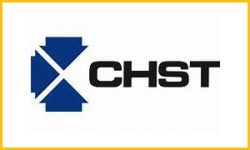
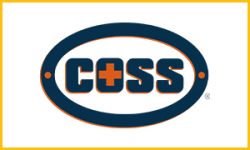
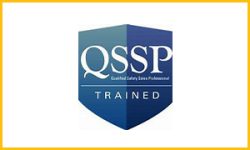
Compliance isn't enough
Stay truly safe with comprehensive on-site training.
- 32 Hour Site Safety Supervisor
- 22 Hour Site Safety Supervisor Upgrade
- 10 Hour Site Safety Worker Package
- 32 Hour Supported Scaffold Installer & Remover
- 8 Hour Supported Scaffold Installer & Remover Refresher
- 4 Hour supported Scaffold Use & Refresher
- 32 Hour Suspended Scaffold Supervisor
- 8 Hour Suspended Scaffold Supervisor Refresher
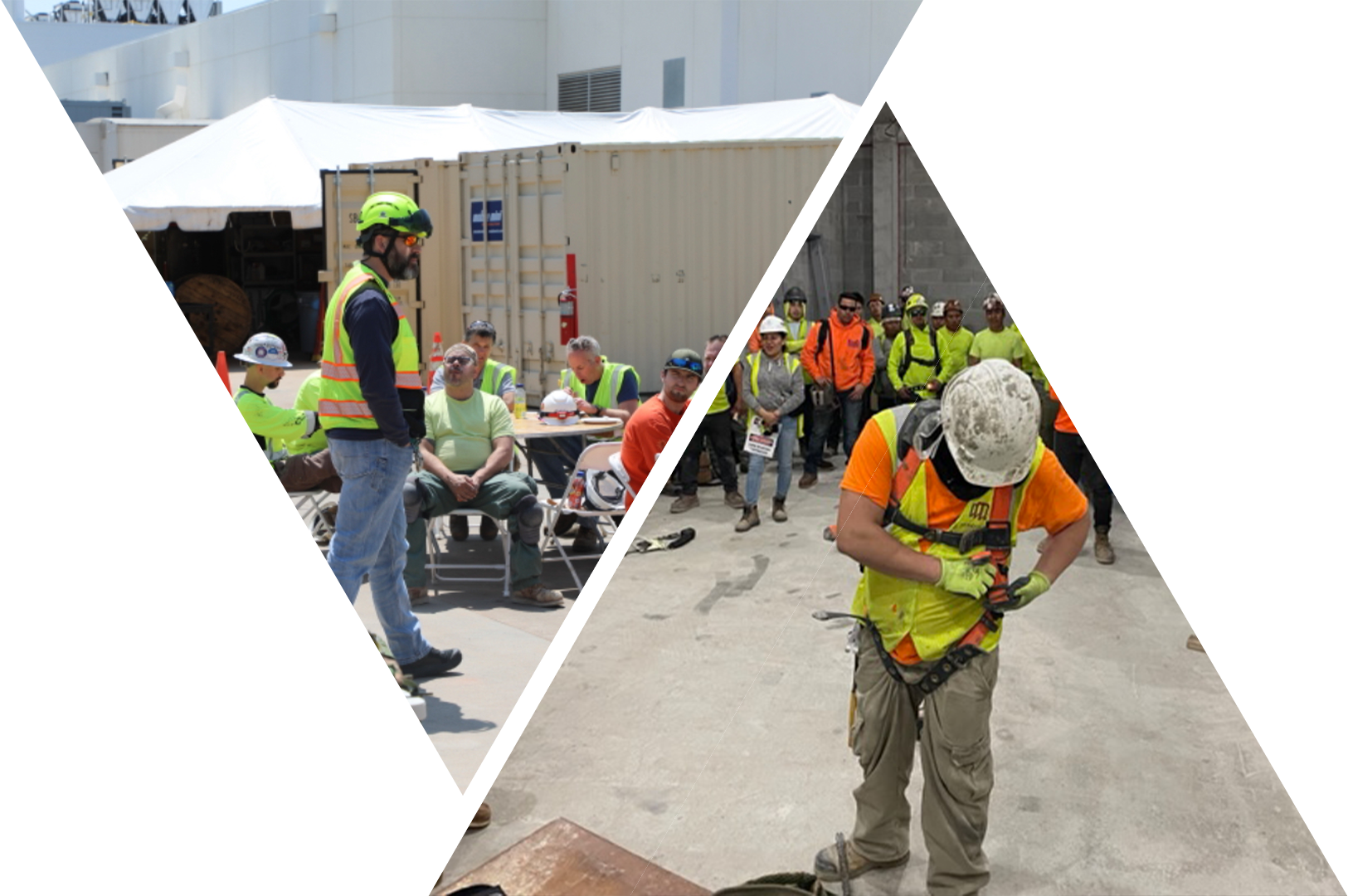

Our Courses
Confined Space Training
16 Hour Rigging Supervisor Refresher
32 Hour Site Safety Supervisor
22 Hour Site Safety Supervisor Upgrade
10 Hour Site Safety Worker Package
8 Hour Site Safety Worker Refresher
16 Hour Site Safety Supervisor Refresher
32 Hour Supported Scaffold Installer & Remover
8 Hour Supported Scaffold Installer & Remover Refresher
4 hour supported Scaffold Use & Refresher
32 Hour Suspended Scaffold Supervisor
8 Hour Suspended Scaffold Supervisor Refresher
16 Hour Suspended Scaffold User
8 Hour Suspended Scaffold User Refresher
4 Hour Mast Climber User & Operator
40 Hour Site Safety Manager
8 Hour Site Safety Manager Refresher
30 Hour OSHA Construction Safety Course
32 Hour Rigging Supervisor
16 Hour Rigging Worker
8 Hour Rigging Worker Refresher
4 Hour Flag Person Training
HAZWOPER Training
Course Duration:
Authorized Entrant 4 hour course
Entry Supervisor 8 hour course
Attendant 8 hour course
CEUS Awarded:
Authorized Entrant: 0.4 hour course
Entry Supervisor: 0.8 hour course
Attendant: 0.8 hour course
Prerequisites: There are no prerequisites for this training course. However, students must be able to communicate with the instructor in the language that the training is provided in.
Description: This Participants instruction in identifying and classifying confined spaces and permit required confined spaces, the hazards associated with these spaces and the entry procedures required by Federal OSHA 1910.146, 1926.1203 OSHA
The program covers an overview of the OSHA regulations including:
- Personnel requirements and duties
- Assessing the space for hazards
- Controlling hazards
- Atmospheric monitoring procedures and requirements
- Entry permits
- Entry procedures
- Lock-out/tag-out procedures
- Rescue team requirements
- Operations in the space
Hot work - Maintenance
- Cleaning
- Rescue
- Training requirements and duties of
Entrants
Attendants
Entry supervisors
Course Materials: This course consists of several different components including a PowerPoint presentation, lecture, case studies, class discussions and hands-on demonstrations. We will provide a student manual which will include all relevant written standards.
Course Duration: 16 hours of training (not including class breaks)
CEUS Awarded: 1.6
Prerequisites: There are no prerequisites for this training course. However, students must be able to communicate with the instructor in the language that the training is provided in.
Description:
This course is a requirement for an individual – who is not a licensed rigger or a designated foreman of a licensed rigger – to maintain his/her designation to supervise the hoisting or lowering of articles on the outside of a building with hoisting equipment. In lieu of completing this course, an individual may instead possess a department approved national rigging certification. To continue to supervise the hoisting or lowering of articles on the outside of a building with hoisting equipment – and a licensed rigger or designated rigging foreman is not required for such work – an individual must either (i) complete this refresher training course every four years following the completion of the 32-Hour Rigging Supervisor course and every four years thereafter, or (ii) possess a department-approved national rigging certification.
Topics:
- Introduction to Cranes and Derricks
- Crane and Rigging Accidents
- OSHA 1926 Overview
- NYC Construction Codes Overview
- NYC Transit Authority Overview
- NYC Department of Transportation Overview
- Basic Building Structure
- Inspection of Cranes & Ropes
- Maintenance and Repair of Cranes & Ropes
- Crane Setup
- Reading Plans
- Site Precautions
- Reading Load Charts
- Lifting & Lowering Loads
- Operational Aids and Safety Devices
- PPE
- Crane & Derrick Safety Protocols & Emergency Procedures
- Crane Assembly, Jumping and Disassembly
- Rigging Requirements
- General Construction Site Hazards
Course Materials: This course consists of several different components including a PowerPoint presentation, lecture, case studies, class discussions and hands-on demonstrations. We will provide a student manual which will include all relevant written standards.
Learning Outcomes: Upon completion of this course, the student will be able to:
- Recognize hazards associated with rigging in construction.
- Inspect rigging equipment in accordance with ASME, OSHA and manufacturer requirements.
- Identify hitch configurations, equipment capacities and basic knots.
- Use rigging equipment and hitches with knowledge of load angle factors, rigging capacities, and load integrity.
- Calculate the weight of the load and find its center of gravity.
- Recognize signaling requirements used during rigging operations.
Course Duration: 32 hours of training (not including class breaks).
CEUS Awarded: 3.2
Prerequisites: There are no prerequisites for this course, but the student must be able to communicate in the same language as the instructor and course listed.
Description: Students who are interested in obtaining a SST Supervisor Card can take this course for 32 out of the 62 hours required. The following courses are included in this bundle: SST card is included.
- 8 Hour Fall Prevention
- 2 Hour Drug & Alcohol Awareness
- 8 Hour Chapter 33/Site Safety Manager Refresher
- 2 Hour Pre-Task Safety Meetings
- 2 Hour Toolbox Talks
- 2 Hour Site Safety Plan
- 4 Hour Supported Scaffold User & Refresher
- 1 Hour Confined Space Entry
- 1 Hour Ergonomics
- 1 Hour Materials Handling, Storage, Use & Disposal
- 1 Hour Electrocution Prevention
Course Materials: This course consists of several different components including a PowerPoint presentation, lecture, case studies, class discussions and hands-on demonstrations. We will provide a student manual which will include all relevant written standards.
Course Duration: 22 hours of training (not including class breaks).
CEUS Awarded: 2.2
Prerequisites: Students must speak and read English as required by the Department of Buildings
Description: Students who wish to upgrade their SST Worker Card to a SST Supervisor Card can take this course to complete the remaining credits required. Courses included in this package are:
- 8 Hour Chapter 33/Site Safety Manager Refresher
- 2 Hour Pre-Task Safety Meetings
- 2 Hour Toolbox Talks
- 2 Hour Site Safety Plan
- 4 Hour Supported Scaffold User & Refresher
- 1 Hour Confined Space Entry
- 1 Hour Ergonomics
- 1 Hour Materials Handling, Storage, Use & Disposal
- 1 Hour Electrocution Prevention
Course Materials: This course consists of several different components including a PowerPoint presentation, lecture, case studies, class discussions and hands on demonstrations. We will provide a student manual which will include all relevant written standards.
Course Duration: 10 hours of training (not including class breaks).
CEUS Awarded:1.0
Prerequisites: Students must speak and read in the language that the course is being given in.
Description: Construction and demolition workers on jobsites with a Construction Superintendent, Site Safety Coordinator, or Site Safety Manager must have a total of 40 Hours of training to obtain a 40 Hour SST Worker Card. Take this course to complete 10 of those 40 hours with the following prescribed courses:
- 8 Hour Fall Prevention
- 2 Hour Drug & Alcohol Awareness
Topics:
- Statistics of Fatal Falls with Cases and Examples
- Competent Person Responsibilities
- Types of Fall Hazards
- Nature of Gravity
- Components, Specifications and Regulatory Requirements of Fall Controls
- Struck by and Fall to the same Level Controls
- NYC DOB Chapter 33 Section 3315.1
- Rescue Plans
- Calculate Fall Distances
- Fall Protection Checklists
- Use of drugs and the effects of drugs and Alcohol in the Workplace
- Drug & Alcohol Use in the Construction Industry & the Impact of Effect of Drug and Alcohol Use and Personally
- Various Drugs and their effects on the human body
- Prevention and Control of Drugs and Alcohol in the Workplace
Course Materials: This course consists of several different components including a PowerPoint presentation, lecture, case studies, class discussions and hands-on demonstrations. We will provide a student manual which will include all relevant written standards.
Learning Outcomes: Students will become generally familiar with
- Adverse effects of drug and alcohol in the workplace
- How to recognize problems associated with substance dependency.
- Terms associated with falls in construction.
- Recognize, avoid, and prevent fall hazards from causing harm.
- Become aware of regulatory safety requirements associated with falls.
Upon successful completion of the course, participants will receive two certificates (2 Hour Drug & Alcohol Awareness and 8 Hour Fall Prevention
Course Duration: 8 hours of training (not including class breaks).
CEUS Awarded:0.8
Prerequisites: Students must speak and read in the language the course is instructed in
Description: To renew your 40 Hour SST Worker Card, individuals can take this class to complete all credits required by the Department of Buildings. Please be aware that this course is only valid to renew BEFORE the original SST Card expires. This course is a bundle that includes the following courses:
- 4 Hour Supported Scaffold User & Refresher
- 4 Hour Fall Prevention
Topics:
- Introduction to Supported Scaffolds
- Supported Scaffold Accidents
- OHSA 1926 Overview
- NYC Construction Codes Overview
- General Principles Of fall protection
- Personal Protective Equipment & Fall Arrest Systems
- Supported Scaffold Use
- Supported Scaffold Inspections: Equipment & Hardware
- Emergency & Preparedness Procedures
- NYC Buildings Unsafe Condition (311) Notification Procedure
- NYC DOI/Buildings Integrity Training Contact Information Sheet
- Review of all Training and Topics
- Fatal Falls / Fall Hazards / Fall Controls
- Competent Person Responsibilities
- Gravity
- Struck By, Crushed By
Course Materials: This course consists of several different components including a PowerPoint presentation, lecture, case studies, class discussions and hands-on demonstrations. We will provide a student manual which will include all relevant written standards.
Learning Outcomes: Students will learn how to calculate fall distances for various types of fall arrest devices and decide on proper anchorage points. Students will also be educated on supported scaffolding safety, use, erection and dismantling, and emergency preparedness. Upon successful completion of the course, participants will receive course completion certificates for both 4 Hour Supported Scaffold User & Refresher, and 4 Hour Fall Prevention. These two certificates will then be used to upgrade the student's old SST card.
Course Duration: 16 hours of training (not including class breaks).
CEUS Awarded: 1.6
Prerequisites: Students must speak and read in the language the course is instructed in.
Description: To renew your 62 Hour SST Worker Card, individuals can take this class to complete all credits required by the Department of Buildings. Please be aware that this course is only valid to renew BEFORE the original SST Card expires. This course is a bundle that includes the following courses:
- 4 Hour Supported Scaffold User & Refresher
- 8 Hour Fall Prevention
- 2 Hour 'Toolbox Talks'
- 2 Hour Pre-Task Safety Meeting
Topics:
- Introduction to Supported Scaffolds
- Supported Scaffold Accidents
- OHSA 1926 Overview
- NYC Construction Codes Overview
- General Principles Of fall protection
- Personal Protective Equipment & Fall Arrest Systems
- Supported Scaffold Use
- Supported Scaffold Inspections: Equipment & Hardware
- Emergency & Preparedness Procedures
- NYC Buildings Unsafe Condition (311) Notification Procedure
- NYC DOI/Buildings Integrity Training Contact Information Sheet
- Review of all Training and Topics
- 6Fatal Falls / Fall Hazards / Fall Controls
- Competent Person Responsibility Gravity
- Struck By, Crushed By
- Toolbox Talk Components
- Adult Learning & Holding Attention
- Where to perform toolbox talks
- Components of Pre-Task Safety Meetings
Learning Outcomes:
Students will be able to calculate fall distances for various types of fall arrest devices and decide on proper anchorage point. Students will learn supported scaffolding safety use erection and dismantling and emergency preparedness. Students will also learn the purpose of pre-task safety. Students will and become aware of administrative regulatory requirements associated with Pre-task meetings and record keeping standards and become familiar with toolbox talks as a quick and easy way competent persons to reinforce and supplement established training efforts to employer Upon successful completion of the course, participants will receive course completion certificates for all courses completed: 4 Hour Supported Scaffold User & Refresher, and 8 Hour Fall Prevention, 2 Hour Toolbox Talks and 2 Hour Pre-Task Safety Meeting. These certificates will then be used to upgrade the student's old SST card.
Course Materials: This course consists of several different components including a PowerPoint presentation, lecture, case studies, class discussions and hands-on demonstrations. We will provide a student manual which will include all relevant written standards.
Course Duration: 32 hours of training (not including class breaks).
CEUS Awarded: 3.2
Prerequisites: There are no prerequisites for this training course. However, students must be able to communicate with the instructor in the language that the training is provided in.
Description:
As per NYC Local Law 52 of 2005, this course is required for workers installing, removing, or modifying supported scaffolds over 40 feet on Construction Sites in New York City. Instructors will demonstrate safe methods of installation, removal, and modification of different types of supported scaffolds using OSHA regulations, DOB standards and good work practice as a guide. Upon course Completion students will be issued a wallet sized certification card.
Topics:
- General Overview of Scaffolding
- OSHA 1926
- NYC Construction Codes Overview
- NYC Department Of buildings Overview
- General Principles of Fall protection
- Personal Protective Equipment & fall Arrest systems.
- Supported Scaffold Erection/Dismantling Planning
- Supported Scaffold use.
- Safety Checklist: Pre-Start, Erection & Dismantling
- Emergency Situations & Preparedness Procedures
- Access & working platforms.
- Foundation
- Guys, Ties & Braces
- Erection & Dismantling Procedure
Course Materials: This course consists of several different components including a PowerPoint presentation, lecture, case studies, class discussions and hands-on demonstrations. We will provide a student manual which will include all relevant written standards.
Learning Outcomes
Students will be able to understand the following:
- Recognize supported scaffold related terminology and definitions.
- Identify causes of scaffolding accidents and prevention methods
- Discuss differences between New York City Building Code and OSHA scaffolding regulations. • Illustrate hazards related to installation/removing and use of supported scaffolds and how to control them.
- Develop a basic knowledge of how to safely install and remove supported scaffold equipment. • Inspect supported scaffold components using methods learned.
Course Materials: This course consists of several different components including a PowerPoint presentation, lecture, case studies, class discussions and hands-on demonstrations. We will provide a student manual which will include all relevant written standards.
Course Duration: 8 hours of training (not including class breaks).
Description: As Local Law 52 of 2005 to continue to install or remove supported scaffolds in New York City, workers must successfully complete this 8-Hour Supported Scaffold Installer/Remover refresher training course. This course is intended for workers who are renewing an expired or soon to be expired 32-hour Supported Scaffold Installer/Remover Refresher ID card to continue to supervise and use supported scaffolds in NYC.
Prerequisites: Student must have previously taken of a 32 Hour Supported Scaffold Installer/Remover or 8 Hour Supported Scaffold Refresher course within the last 4 years. The expired or soon to be expired card must be presented prior to the start of the course. Students must also be able to comprehend the language in which the course is scheduled for.
Course Materials: This course consists of several different components including a PowerPoint presentation, lecture, case studies, class discussions and hands-on demonstrations. We will provide a student manual which will include all relevant written standards. Topics:
- General Overview of Scaffolding
- OSHA 1926
- NYC Construction Codes Overview
- NYC Department Of buildings Overview
- General Principles of Fall protection
- Personal Protective Equipment & fall Arrest systems.
- Supported Scaffold Erection/Dismantling Planning
- Supported Scaffold use.
- Safety Checklist: Pre-Start, Erection & Dismantling
- Emergency Situations & Preparedness Procedures
- Access & working platforms.
- Foundation
- Guys, Ties & Braces
- Erection & Dismantling Procedures
Learning Outcomes
Students will be able to understand the following:
- Acknowledge the most probable supported scaffold hazards and safety violations based on history and statistical data.
- Have a discussion on pipe/supported scaffold types and its crucial elements.
- To examine and employ federal regulations and good work exercises that involve supported scaffold users on construction sites in New York City.
- Inspect independently, supported scaffolds on construction sites using information administered throughout the course.
Course Duration: 4 hours of training (not including class breaks).
CEUS Awarded: 0.4
Prerequisites: There are no prerequisites for this course, but students must be able to comprehend the language in which the course is scheduled for.
Description: This course will teach construction workers how to safely access and use a supported scaffold. Chapter 33 of the New York City (NYC) Building Code requires construction workers who work on any supported scaffold to complete this 4-hour User course every four years. It is also a requirement to meet the criteria of Local Law 196. This course also serves as a standard supported scaffold user course to be used in any jurisdiction. To use or work on a Supported Scaffold in New York City, an individual must successfully Complete 4 Hours or user training.
Topics:
- Introduction to supported scaffold.
- Supported Scaffold Accidents
- OSHA 1962 Overview
- NYC Department of Buildings Overview
- General principles of fall protection
- Personal Protective Equipment & Fall Arrest Systems
- Supported Scaffold use.
- Supported Scaffold Inspections: Equipment & Hardware
- Emergency & Preparedness Procedures
- NYC Buildings Unsafe Condition (311) Notification Procedure
- NYC DOI/Buildings Integrity Training Contact Information Sheet
- Review Of all Training and Topics
Course Materials: This course consists of several different components including a PowerPoint presentation, lecture, case studies, class discussions and hands-on demonstrations. We will provide a student manual which will include all relevant written standards.
Learning Outcomes
Students will be able to understand the following:
- List supported scaffold types and its major components
- Identify the most commonly supported scaffold safety hazards.
- Protect themselves from supported scaffold safety hazards.
- The outline of the New York City Building Code supported scaffold safety requirements. • Inspect supported scaffolds in accordance with federal and local safety regulations.
Course Duration: 32 hours of training (not including class breaks).
CEUS Awarded: 3.2
Prerequisites: There are no prerequisites for this course, but students must be able to comprehend the language in which the course is scheduled for.
Description: To supervise the installation or use of a Suspended Scaffold in New York City, an individual must successfully complete this 32 hour Suspended Scaffold Supervisor Course. In addition to completing this training course, individuals who supervise the installation or use of a suspended scaffold must be designated as a Foreman on behalf of the licensed rigger or sign hanger.
Topics:
- Introduction to Suspended Scaffolds
- Suspended Scaffold Accidents
- OHSA 1926 Overview
- NYC Construction Codes Overview
- General Principles Of fall protection
- Personal Protective Equipment & Fall Arrest Systems
- Suspended Scaffold Use
- Hoist Platform & Rigging Equipment Practices
- Maximum Intended Loads & Capacity Reducing Factors
- Rope, Fall, Knot & Hitch Configuration & Connections
- Suspended Scaffold Inspections Equipment & Rigging Hardware
- Safety Checklist: Pre-Start, Scaffold Operations & Shut Down
Learning Outcomes: Students will develop the core management skills required to be an effective supervisor of suspended scaffolding operations. Students will identify ways to read scaffold design drawings, how to verify the fitness of the rigging crew, properly train workers on related hazards, and how to identify and respond to emergency situations. Upon successful completion of the course, participants will receive a 32-Hour Suspended Scaffold Supervisor course completion picture ID card that will be valid for 4 years.
Course Materials: This course consists of several different components including a PowerPoint presentation, lecture, case studies, class discussions and hands-on demonstrations. We will provide a student manual which will include all relevant written standards.
Course Duration: 8 hours of training (not including class breaks).
CEUS Awarded: 0.8
Prerequisites: Students must provide proof of their Suspended Scaffold Supervisor initial certification prior to taking this course. In addition to completing this training course, individuals who supervise the installation or use of a suspended scaffold must be designated as a Foreman on behalf of the licensed rigger or sign hanger.
Description: To continue to supervise & use suspended scaffolds in New York City, the designated
suspended scaffold supervisor must successfully complete this 8 Hour Suspended Scaffold Supervisor Refresher Course four years following completion of the 32-Hour Suspended Scaffold Supervisor Course & every four years thereafter.
Topics:
- Introduction To Suspended Scaffolds
- Suspended Scaffold Accidents
- OSHA 1926 Overview
- NYC Construction Codes Overview
- General Principles of Fall Protection
- Personal Protective Equipment & Fall Arrest Systems
- Suspended Scaffold Use
- Hoist, Platform & Rigging Equipment
- Maximum Intended loads & Capacity
- Rope, Fall, Knot, Hitch Configuration & connection
- Wire Rope & Termination Techniques
- Basic Rope, Fall, Hoist, Block & Rigging Set-Ups & Procedures
- Lifelines, Rope & cable grabs
- Electric Motors, Controls & Cables
- Suspended Scaffold Inspection: Equipment & Rigging Hardware
Course Materials: This course consists of several different components including a PowerPoint presentation, lecture, case studies, class discussions and hands-on demonstrations. We will provide a student manual which will include all relevant written standards.
Learning Outcomes:
Students will develop the core management skills required to be an effective supervisor of suspended scaffolding operations. Students will identify ways to read scaffold design drawings, and how to verify the fitness of the suspended scaffolding crew, properly train workers on related hazards, and how to identify and respond to emergency situations. Upon successful completion of the course.
Course Duration:16 hours of training (not including class breaks).
CEUS Awarded: 1.6
Prerequisites: There are no prerequisites for this training course. However, students must be able to communicate with the instructor in the language that the training is provided in.
Description:
To use or work on a Suspended Scaffold in New York City, an Individual must successfully complete 16 hours of user training.
Topics:
- Introduction to Suspended Scaffolds
- Suspended Scaffold Accidents
- OSHA 1926 Overview
- NYC Construction Codes Overview
- General Principles of Fall Protection
- Personal Protective Equipment & Fall Arrest Systems
- Suspended Scaffold Use
- Hoist, Platform & Rigging Equipment
- Maximum Intended Loads & Capacity
- Rope, Fall, Knot, Hitch Configuration & Connection
- Wire Rope & Termination Techniques
- Basic Rode, Fall, Hoist, Block & Rigging Set-ups &and Procedures • Lifelines, Rode, & Cable Grabs
- Electric Motors, Controls & Cables Suspended Scaffold Inspection: Equipment & Rigging Hardware
Course Materials: This course consists of several different components including a PowerPoint presentation, lecture, case studies, class discussions and hands-on demonstrations. We will provide a student manual which will include all relevant written standards.
Learning Outcomes: Upon completion of this course, the student will be able to
- Recognize and predict any unsafe conditions and acts as if it pertains to suspended scaffolding.
- Know when to use the different types of knots, hitches, and connection on wire and fiber ropes.
- Reeve and operate a block and tackle for light duty rope scaffolds.
- Recognize and identify the proper fall protection equipment and hardware for use of a suspended scaffold.
- Identify and relate to the NYC Building Code and OSHA Regulations and how they affect your operations.
- Recognize the risks of incident.
- React and assist in your own rescue.
- Inspect and operate all safety features built-in or not to suspended scaffold equipment.
- Increase production by being knowledgeable of the equipment and how it operates.
Course Duration: 8 hours of training (not including class breaks).
CEUS Awarded: 0.8
Prerequisites: Proof of 16-hour Suspended Scaffold User must be provided to take this course. Students must be able to communicate with the instructor in the language that the training is provided in.
Description: As per 3314.4.5.4 of the 2014 NYC Construction Codes, this 8-Hour Suspended Scaffold User Refresher course is required every four years by the New York City Department of Buildings (DOB) to use or work on suspended scaffolds in New York City. Successful completion of this 8-hour refresher course is a requirement for any individual who installs, adjusts, repairs, maintains, uses, inspects or removes suspended scaffold and has completed the 16-Hour suspended scaffold user and refresher training course OR who possesses a valid challenge examination certificate issued prior to January 1, 2014, beginning from the enactment of this code on January 1, 2015.
Topics:
- Introduction To Suspended Scaffolds
- Suspended Scaffold Accidents
- OSHA 1926 Overview
- NYC Construction Codes Overview
- General Principles of Fall Protection
- Personal Protective Equipment & Fall Arrest Systems
- Suspended Scaffold Use
- Hoist, Platform & Rigging Equipment
- Maximum Intended loads & Capacity
- Rope, Fall, Knot, Hitch Configuration & connection
- Wire Rope & Termination Techniques
- Basic Rope, Fall, Hoist, Block & Rigging Set-Ups & Procedures
- Lifelines, Rope & cable grabs
- Electric Motors, Controls & Cables
- Suspended Scaffold Inspection: Equipment & Rigging Hardware
Course Materials: This course consists of several different components including a PowerPoint presentation, lecture, case studies, class discussions and hands-on demonstrations. We will provide a student manual which will include all relevant written standards.
Learning Outcomes: Upon completion of this course, the student will be able to:
- Identify suspended scaffold systems & their essential components.
- Identify the most common suspended scaffold hazards.
- Explain how to prevent exposure to suspended scaffold hazards.
- Identify New York City Department of Buildings and OSHA regulations that pertain to scaffold design & use.
- Demonstrate ability to properly inspect and attach personal fall arrest system used by suspended scaffold workers.
- Apply various knots and hitches to hoisting and fall protection scenarios.
- Assemble block and tackle for a fiber rope light duty scaffold.
- Construct the wire rope termination for hoisting rope on suspended scaffolds.
Course Duration: 4 hours of training (not including class breaks).
CEUS Awarded: 0.4
Prerequisites:
There are no prerequisites needed to attend this course. Students must be able to verbally communicate with their instructor in the primary language of the training.
Description:
This course allows most climber users to recognize the most common hazards related to their work. Students will be able to identify their responsibilities as a user or operator, safety procedures, current regulations and hazard controls related to mast climbing. This course covers topics such as mast climber use and operation, hazards associated with such work, pre use inspections, startup and shut down procedures, emergency descent procedures, fall protection, mast climber stability and balance, and storage of materials on a mast climber.
Topics:
- Mast Climber accidentes.
- OSHA 1926 overview.
- NYC Building code overview.
- Use and operation of mast climbers.
- Pre-shift Mast Climber inspection.
- Fall protection.
Course Materials: This course consists of several different components including a PowerPoint presentation, lecture, case studies, class discussions and hands-on demonstrations. We will provide a student manual which will include all relevant written standards.
Learning Outcomes: Upon completion of this course, the student will be able to:
- Identify Mast Climber types, major parts and distinctive functions. • Identify rules and regulations that were promulgated after serious accidents. • Differentiate between the OSHA standards and Chapter 33 of Building Code of New York City
- Recognize most common Mast Climber hazards based on statistical and historical data provided.
- Discuss and apply federal regulations and good work practice that apply to Mast Climbers users and operators on construction sites in NYC.
- Students will examine the requirements for Mast Climber and apply all regulations to its design, installation, and inspection using information provided in the classroom.
- Students will discuss the requirements for accident and incident reporting and protocols.
Course Duration: 16 hours of training (not including class breaks)
CEUS Awarded: 4.0
Prerequisites: Students must be able to verbally communicate with the instructor in the primary language of the training.
Description: This course is one of the pre-requisites an applicant must successfully complete before being eligible to apply for a New York City (NYC) Site Safety Manager License Examination. In addition, this course fulfills part of the training requirements for a Site Safety Coordinator, Construction Superintendent, or Qualified Safety Professional (QSP)
Topics:
- NYC Building Code (Chapters 33, 19, and administrative provisions).
- NYC Rules (Chapter 3300).
- Building Bulletins, Executive Orders. Policies and Procedures (PPN’s).
- NYC Agency requirements (FDNY, DEP, DOT, Parks).
- Building Information Systems (BIS), DOB NOW
- NYC Construction Regulativos
- OSHA Standards
- Standard Industry Practices (Tool-box, Site Safety Plans/Programs, Orientations).
Course Materials: This course consists of several different components which include power point presentations, lectures, real life case studies, class discussions and hands on demonstrations. We will provide a student manual which will include Chapter 33.
Learning outcomes: Upon completion of this course, the student will be able to:
- Compare roles and responsibilities of New York City Department of Buildings licensed site safety professionals.
- Recognize which rules and regulations were promulgated after serious construction accidents in New York City
- Identify safety procedures to protect public and property during construction and demolition operations in New York City
- Define construction fire protection and prevention methods that comply with the New York City Fire Code.
- Describe communication procedures between New York City Department of Buildings and licensed site safety professionals.
- Distinguish between the OSHA standards and New York City Department of Buildings Chapter 33 regulations.
Course Duration: 8 hours of training (not including class breaks)
CEUS Awarded: 0,8
Pre-requisites: There are no prerequisites needed to attend this course. Current licensed Site Safety Managers, Coordinators and Superintendents looking to renew their licenses must take this course.
Description: This course is required to renew a New York City (NYC) Department of Building’s (DOB) Site Safety Manager, Site Safety Coordinator or Construction Superintendent License. It is also required as part of the Local Law 196 Site Safety Training requirements for all workers and supervisors.
Topics:
- Introduction to Site Safety Management.
- Construction site accidents.
- OSHA standards overview.
- NYC Building Code Chapter 33, Bulletins and agency overview.
- Rules of the City of New York overview.
- Safety violations.
Course Materials: This course consists of several different components which include power point presentations, lectures, real life case studies, class discussions and hands-on demonstrations. We will provide a student manual which will include Chapter 33.
Learning Outcomes: Upon completion of this course, the student will be able to:
- Compare roles and responsibilities of New York City Department of Buildings licensed site safety professionals
- Recognize which rules and regulations were promulgated after serious construction accidents in New York City
- Identify safety procedures to protect public and property during construction and demolition operations in New York City
- Define construction fire protection and prevention methods that comply with the New York City Fire Code
- Describe communication procedures between New York City Department of Buildings and licensed site safety professionals
- Distinguish between the OSHA standards and New York City Department of Buildings Chapter 33 regulations
CEU’s: 3.0
Course Duration: 30 hours of training (not including class breaks).
Pre-requisites: There are no pre-requisites for this course.
Description: The OSHA 30-Hour Construction Industry Outreach Training course is a comprehensive safety program designed for anyone involved in the construction industry
Topics:
- Introduction to OSHA.
- Managing safety and health.
- OSHA Focus Four hazards.
- Fall Protection.
- Electrocution.
- Struck-by.
- Caught-in between.
- Personal Protective Equipment (PPE).
- Health hazards in construction.
- Stairways and ladders.
- Concrete and masonry construction.
- Confined space entry.
- Cranes and derricks.
- Fire protection and prevention.
- Powered industrial vehicles.
- Safety and health programs.
- Scaffolds.
- Hand and power tools.
- Concrete.
Learning Outcomes:
- Recognize worker rights and employer responsibilities under OSHA • Identify ways to select appropriate personal protective equipment (PPE) and life-saving equipment
- Discuss risks associated with the unsafe use of scaffolding equipment • Define methods of controlling the four main health hazards that construction workers may be exposed to
- Explain the criteria for at least three protective systems used when working in and around excavations
- Differentiate between the 5 classes of fires and discuss the means of extinguishing them
CEU’s: 3.2
Course Duration: 32 hours of training (not including class breaks).
Pre-requisites: Students must be able to verbally communicate with the instructor in the primary language of the training.
Description: This course is a requirement for an individual who is not a licensed rigger or a designated foreman of a licensed rigger prior to supervising the hoisting or lowering of articles on the outside of a building in New York City (NYC). In lieu of completing this course, an individual may instead possess a national rigging certification (NCCO).
Topics:
- Introduction to Cranes and Derricks.
- Crane and rigging accidents.
- OSHA 1926 Subpart CC overview.
- Personal Protective Equipment (PPE).
- Material handling, storage and housekeeping.
- Fall Protection.
- NYC Building Code and agency (DOB, DEP, DOT, MTA) overview.
- Inspection of cranes, ropes and operator responsibilities.
- Maintenance and repair of cranes and ropes.
- Plan reading.
- Hazards of operating in a dense urban environment, power lines, high wind hazards.
- Prohibition against hoisting over pedestrians, traffic and adjoining buildings. • Shut-down procedures.
- Communication while rigging (radios, hand signals, flags, etc.).
- Reading load charts, lifting and lowering loads.
- Safety protocol and emergency procedure
Course Materials: This course consists of power point presentations, lecture, real-life case studies, class discussion and hands on demonstrations. We will provide a student manual and in class practical exercises.
Learning Outcome: Upon completion of this course, the student will be able to:
- Recognize hazards associated with rigging in construction.
- Inspect rigging equipment in accordance with ASME, OSHA and manufacturer requirements.
- Identify hitch configurations, equipment capacities and basic knots. • Use rigging equipment and hitches with knowledge of load angle factors, rigging capacities, and load integrity.
- Calculate the weight of the load and find its center of gravity.
- Recognize signaling requirements used during rigging operation.
CEU’s: 1.6
Course Duration: 16 hours of training (not including class breaks).
Pre-requisites: Students must be able to verbally communicate with the instructor in the primary language of the training.
Description: This course is a requirement for an individual who is not employed by a licensed rigger who will perform rigging or signaling work during the hoisting or lowering of articles on the outside of a building within the 5 Boroughs of New York City (NYC). In lieu of completing this course, an individual may instead possess a national rigging certification.
Topics:
- Introduction to rigging.
- Crane and rigging accidents.
- OSHA standards overview.
- NYC Building Code overview.
- NYC Department of Buildings overview.
- Lifting and lowering loads.
- Ropes, knots and hitches overview.
- Rigging equipment overview.
- Inspection of ropes and rigging equipment.
- Crane and hoisting machine overview.
- Signaling.
- Fall protection.
- Personal Protective Equipment (PPE).
- Construction site hazards.
Course Materials: This course consists of PowerPoint presentations, lectures, case studies, class discussions and hands-on demonstrations. We will provide a student manual and in-class practical exercises.
Learning Outcomes: Upon completion of this course, students will be able to:
- Serve as a signal person.
- Serve as a rigging person.
- Identify and correct jobsite hazards.
- Provide safe operations with proper fall protection. • Be technically proficient in rigging operations.
CEU’s: 1.6
Course Duration: 16 hours of training (not including class breaks).
Pre-requisites: Students must be able to verbally communicate with the instructor in the primary language of the training.
Description: To continue to perform rigging or signaling work during the hoisting or lowering of articles on the outside of a building within the 5 Boroughs of New York City (NYC) - an individual must either (i) complete this refresher training course every four years following the completion of the 16- Hour Rigging Worker course & every four years thereafter, or (ii) possess a national rigging certification (NCCO).
Topics:
- Introduction to rigging.
- Crane and rigging accidents.
- OSHA standards overview.
- NYC Building Code overview.
- NYC Department of Buildings overview.
- Lifting and lowering loads.
- Ropes, knots and hitches overview.
- Rigging equipment overview.
- Inspection of ropes and rigging equipment.
- Crane and hoisting machine overview.
- Signaling.
- Fall protection.
- Personal Protective Equipment (PPE).
- Construction site hazards.
Course Materials: This course consists of power point presentations, lecture, real-life case studies, class discussion and hands on demonstrations. We will provide a student manual and in-class practical exercises.
Learning Outcome: Upon completion of this course, students will be able to: • Serve as a signal person.
- Serve as a rigging person.
- Identify and correct jobsite hazards.
- Provide safe operations with proper fall protection.
- Be technically proficient in rigging operations.
CEU’s: 0.4
Course Duration: 4 hours of training (not including class breaks).
Pre-requisites: Students must be able to verbally communicate with the instructor in the primary language of the training.
Description: This course trains all individuals in safe flagging techniques. The topics discussed in this course involve a thorough understanding of flagging procedures, proper use of required equipment, review of flagging skills from hands-on training and classroom activities, to coordinating traffic movement through the work zone.
Topics:
- Accidents.
- Signs/attire.
- Flagging operations.
- Personal Protective Equipment (PPE).
- Flagger location.
- Temporary traffic control.
- Supervisor and flagger responsibilities.
- Flagger orientation and Traffic Control Plan.
- Flagging hazards including struck-by, caught in-between, falls
Course Materials: This course consists of power point presentations, lecture, real-life case studies, class discussion and hands on demonstrations.
Learning Outcomes: Upon completion of this course, students will be able to:
- Thoroughly understand flagging procedures and proper use of required equipment.
- Obtain State Certification.
- Coordinate traffic movement through the work zone.
Introduction:
This HAZWOPER course provides 40 hours of training on OSHA Hazardous Waste Operations and Emergency Response (HAZWOPER) standards. The course satisfies training requirements outlined in OSHA standards 29 CFR 1910.120 and 1926.65, which require workers to complete HAZWOPER training before starting work at an uncontrolled hazardous waste operation.
HAZWOPER training prepares cleanup and emergency response workers to operate safely during a variety of scenarios involving hazardous substances. This training covers policies, practices and procedures that reduce the risk of injury and illness related to harmful exposures on the worksite.
Who Needs 40-Hour HAZWOPER Training?
Most workers who are new to uncontrolled hazardous waste or emergency response operations are required to complete 40 hours of HAZWOPER training. This includes general site workers (such as laborers andvequipment operators) and on-site management and supervisors.
Roles that require this training may include:
- Equipment operators
- General laborers
- Other general site workers
- On-site management and supervisory personnel
The 40-hour course is designed for workers who face the highest risk of exposure on the job. For workers and supervisors who are on site only occasionally and unlikely to be exposed above permissible exposure limits. All workers who complete HAZWOPER training must take an 8-hour HAZWOPER Refresher course each year.
How Long Does HAZWOPER 40 Certification Last?
The 40-hour HAZWOPER certification remains valid for 12 months. To maintain your certification, you are required to complete an 8-hour HAZWOPER Refresher course each year. If you miss the deadline, you may be required to retake the 40-hour course.
40-Hour HAZWOPER Training Topics
The 40-hour HAZWOPER course explains a wide range of health and safety topics relevant to hazardous waste operations, including:
- Types of Hazards
- Personal Protective Equipment (PPE)
- Levels of Protection
- Decontamination
- Toxicology
- Fire Prevention
- Hazardous Materials
- Medical Surveillance
- Site Emergencies
- Drums and Containers
- Fall Hazards
- Electrocution
- Struck by Hazards
- Caught-in or -Between Hazards
- Hazardous
- Communication
You'll also learn about worker protections under OSHA and important regulations and agencies related to HAZWOPER.
Class Size depends on the clients needs.
Upon completion of the course, you'll receive an official certificate of completion, along with a wallet card to carry onsite.
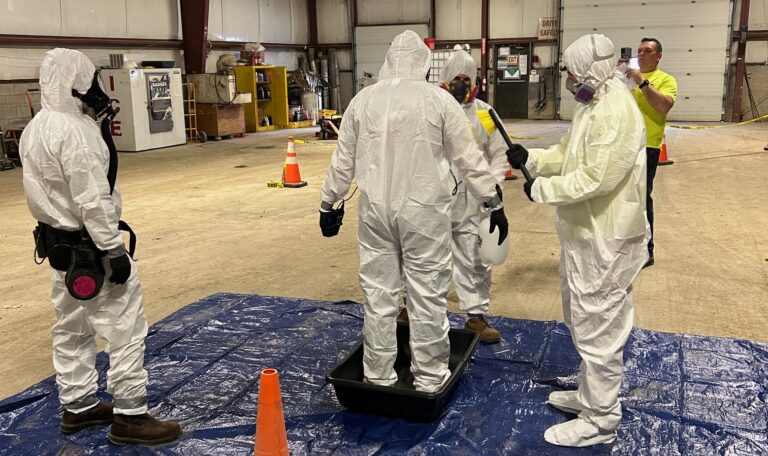
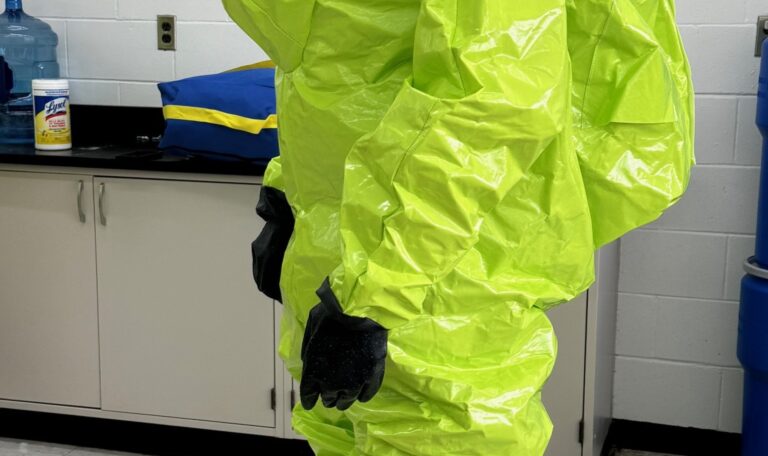
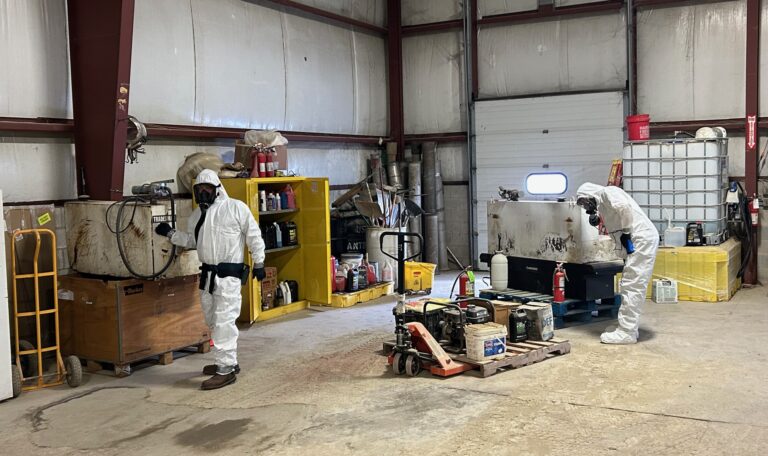
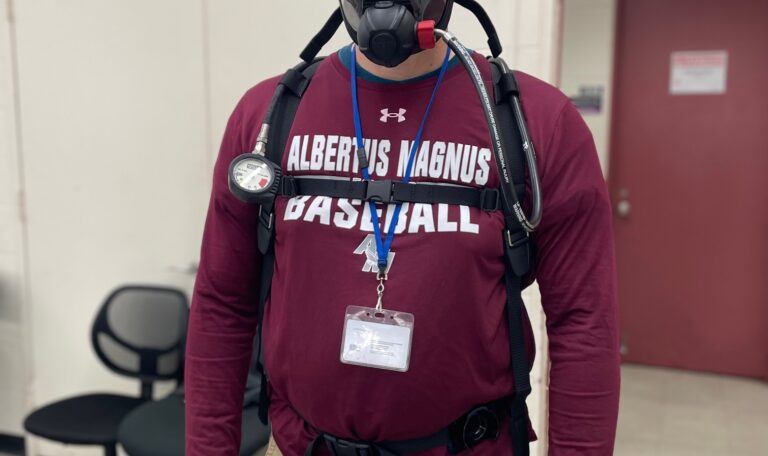
Get In Touch
From fall protection to rope rescue, we equip your team for every possibility.
What They Are Saying About CSC
“Lorem Ipsum is simply dummy text of the printing and typesetting industry. Lorem Ipsum has been the industry’s standard dummy text ever since the 1500s” when an unknown printer took..
Karla Clinton
- Roof CEO-Founder
Lorem Ipsum is simply dummy text of the printing and typesetting industry. Lorem Ipsum has been the industry’s standard dummy text ever since the 1500s, when an unknown printer took..
Jackin Martinez
- Co-Founder
Lorem Ipsum is simply dummy text of the printing and typesetting industry. Lorem Ipsum has been the industry’s standard dummy text ever since the 1500s, when an unknown printer took..
Kourtney Holland
- Roof Engineer
Compliance Safety Consulting
Our Associations
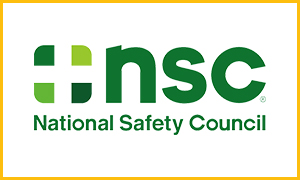
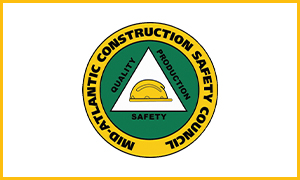
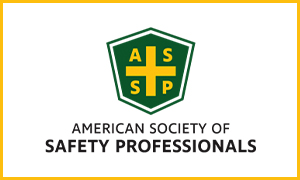
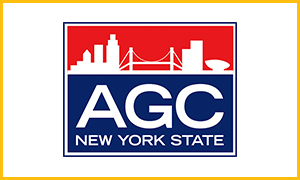
Empower your workforce, prioritize safety. Choose Compliance Safety Consulting.
Workplaces thrive when safety thrives. Let us help you cultivate a culture of safety. Get in touch with us today to setup a consultation.
